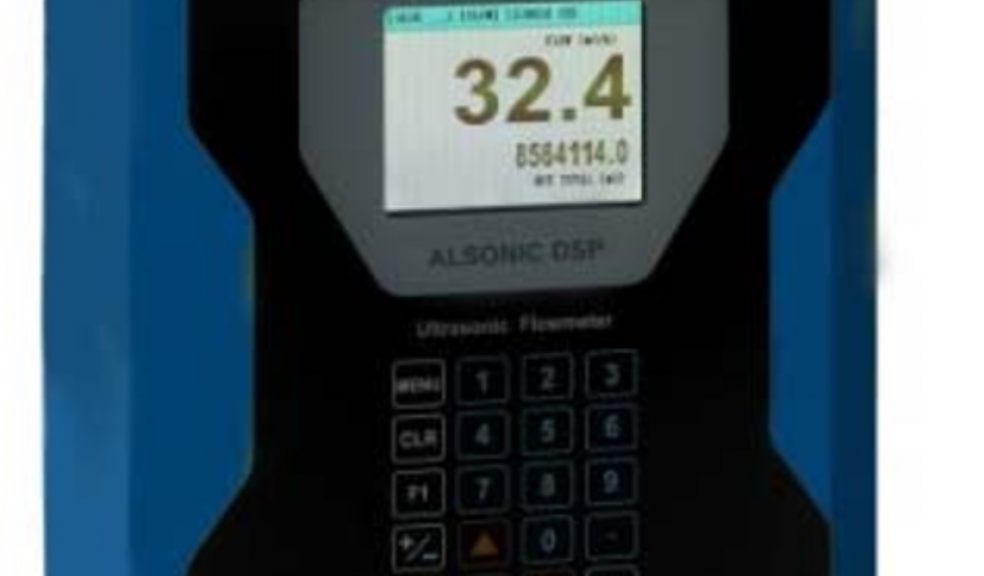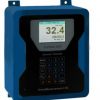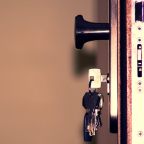
How do Electromagnetic and Ultrasonic Flow Meters Differ?
For better execution of water discharging system procedures and the assurance of meeting its regulatory compliance, experts have highly depended on specific estimations of water passage. It is deemed necessary to choose the finest flow meter that will enable to measure detailed information of the water flow for every type of purpose.
To commence such, acquiring information on the application type and the kind of fluid that will be quantified must be accomplished first. Furthermore, studying the various features of existing meter types is also emphasized as important because it helps distinguish which will perfectly match the system in place. The two most common flow meters utilized in water industries are the electromagnetic and ultrasonic ones. The information below will help you identify contrasts between the two and select the best for your business or home.
Concepts of Function
Ultrasonic flow meters make use of sound waves in quantifying the speed at which the fluid passes through the pipe and is then converted to volume. Two known types of these meters are Doppler and transit-time.
The variation of the two ultrasonic meter types is observed in the manner of using sound waves. The Doppler utilizes the waves detected on the materials found in the fluid while the transit-time meters have the transducers attached or inserted to the pipe in both ends, which signal into the flow. Note that the difference in the time it will require the sound to pass upwards or downwards between the sensors and their velocity is directly proportional.
On the contrary, electromagnetic meters or magmeters function according to Faraday’s law explains that a conductor, such as water, passes along a magnetic field, enabling it to produce an electrical signal. Full-profile magmeters possess an electromagnet attached to the outer side of the pipe, aligning of the flow direction. As the flow transports through the magnetic field, electrically-charged ions are then piled, with positive ions placed on one side and negative on the other. The voltage change produced is directly proportional to the fluid velocity.
Specific magmeters like the insertion-types function differently since a very small magnetic field is attached to the pipe with the electrodes present that separates the ions.
Usage and Restrictions
Both meters can be utilized for different industrial fluid measurements and not limited to viscous and semi-liquid mixtures.
Electromagnetic flow meters aren’t hindered by constant temperature, pressure, and viscosity variations. Another characteristic is high reliability in measuring several types of fluids, ranging from clear water to those contaminated with the solid matter but incapable of measuring non-conductive ones such as oil, steam, and gaseous matter. Also, these meters can measure flow regardless of direction. Due to the production of newly-manufactured microprocessors, the measurement capability depth is possible as low as 0.2-0.3 feet per second.
On the other hand, transit-time ultrasonic meters can measure both conductive and non-conductive liquid. However, they may experience issues in measuring those with accumulated debris, air bubbles, and other matter that block the pathway of sound transmitters. Maintaining the temperature is recommended for the perfect estimation of flow reading. Concerns of rusting, pitting, and bacteria collection in the meters are needed to be addressed too.
What to note during installation
Installation-wise, both meters can be applied to several kinds of pipes with varying material types and sizes ranging from diameters of ½ to 100 inches. In places with restricted space and project modernizations, magmeters are needed with pipes that are less straight to prevent measurement imprecision caused by obstructions. For pipe variations, ultrasonic meters would need five one diameter upward-facing and two downward-facing pipes. Meanwhile, magmeters would only need one upward-facing and two downward-facing pipes of the same length.
Specific types of magmeters, such as the insertion-type, have the meter installation capability with hot taps for events where unexpected procedure halts happen. Finally, one important measure to remember is securing the atmosphere devoid of electrical currents partnered with solid grounds and protected cables.
For transit time ultrasonic meters, these can be attached on or hot-tapped onto the pipe. Remember to detach the coating from the outer side of the pipe, and add the material between the sensor and pipe. The specific thickness and material type of the pipe should be distinguished so that the accuracy of the measurement will be provided quickly.
Proper care
Electromagnetic meters are built without mobile components while at the same time not needing requirements for its preservation. Similarly, ultrasonic meters can effectively dispatch sound but need a piece placed in the middle of the sensor and the pipe. However, the quality of such a piece would be deteriorating over time, and replacing it is highly recommended. The tightening of the clamps that accompany it should also be checked regularly.
Both flow meters do experience issues concerning lighting strikes and power shutdowns.
Measurement Efficiency
The inaccuracy rate of flow measurements in magmeters is identified to be ± 0.5% and lesser, while the ultrasonic meters are ±1-2%.
Price
The variations in cost are often based on the entire project’s entirety and not on the ultrasonic flow meter price or the magmeter flow meter price. The scale of the project will serve as the basis of finalizing all the costs that will be shouldered by the client because this will determine which flow meter and specific brand will be applied. The client may choose from a full-type or an insertion-type magmeter, maybe even a Doppler or a transit-time magmeter, depending on the industry system. Installing more fluid pipes required for ultrasonic meters would mean additional costs to handle.
However, magmeters are equipped with more extended operation periods and few requirements to maintain it only for a lower price. Today, even those magmeters manufactured during the 1920s are still functioning well and highly capable of providing reliable flow readings.
Right Meter Selection
Although both flow meters can give very reliable flow measurements for fluids, there are still various features that differ magmeters from ultrasonic ones. Compared to ultrasonic meters, magmeters provide a higher level of accuracy and flexibility of flow readings. Moreover, they possess availability for installations of maximum capacity, which can also be given for events where hot taps are vital to steer clear of terminated operations, as previously mentioned.
In able to save money for modernized projects with scarcity in space, it has been stated that one-diameter straight pipes are needed for upward direction and another two for downward direction. Additionally, magmeters are flow meters that function excellently for a long time without the need for costly maintenance requirements, which are usually compromised over accurate flow readings.
Consultation
The burden of accountability in conserving water and securing public health must be handled by the water system industries, which is why being well-versed on the flow meter measurements is fundamental to the whole duration of the process. Picking the perfect flow meter is much more cost-efficient and helps prevent numerous possible water-related accidents.
Thus, asking experts for technical assistance is a requirement for you to be guided in choosing the right flow meter. As much as possible, never hesitate to question every facet of the flow meters and clarify any confusion you have on understanding such equipment because this will bring you to figure out situations easily and manage them.
Image Credit: Shieldcoart

















